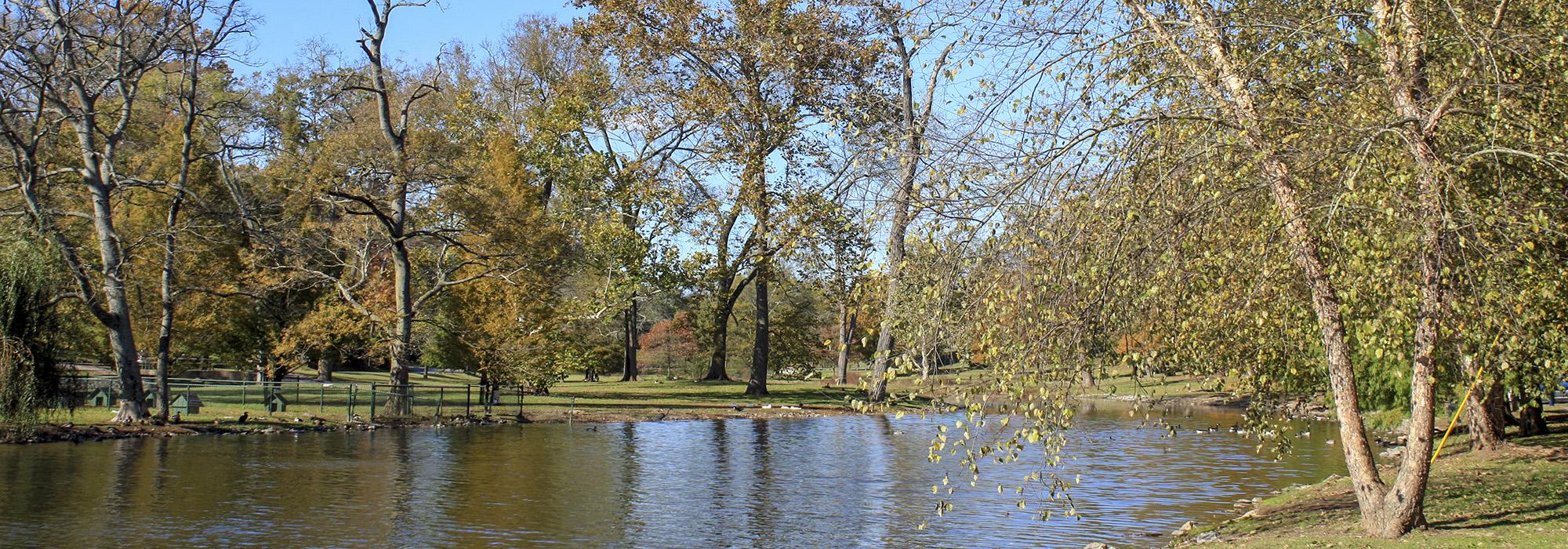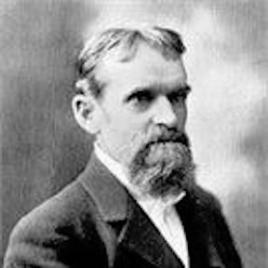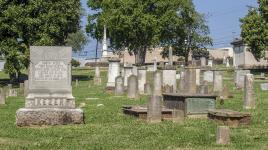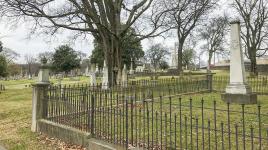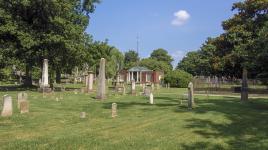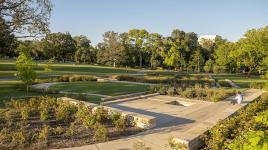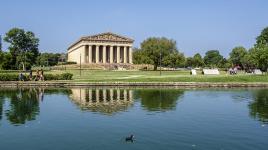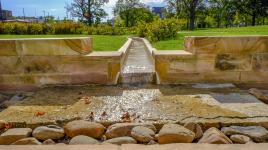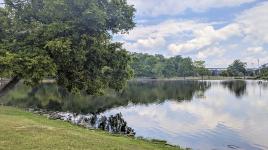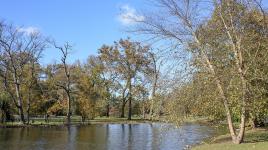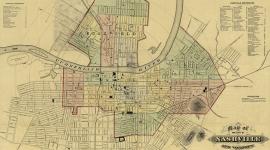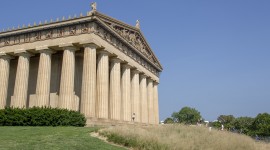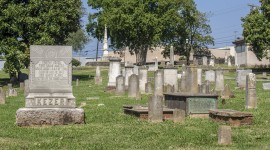Pioneer Information
Lewis was born at Cumberland Furnace in Dickinson County, Tennessee. His father was the manager of the Cumberland Iron Works, which produced cannonballs, using enslaved labor, for the Confederate army. Growing up amid mining, smelting, and the ironworks, the younger Lewis was educated at the Pennsylvania Military Academy during the four years of the Civil War. Although he never served in the military, Lewis adopted the title ‘major’ and began his career, after the war, as a civil engineer with the Chattanooga and St. Louis Railway. In approximately 1875, he joined the Sycamore Powder Mills in Cheatham County, Tennessee, where he was eventually promoted to general superintendent in 1884, designing two bridges that spanned Sycamore Creek. After leaving Sycamore, Lewis increased his involvement in business, briefly publishing the local newspaper Nashville American and being appointed to the board of directors of the Chattanooga and St. Louis Railway in 1896, for which he served as chairman from 1900 to 1917.
Appointed director-general to the Tennessee Centennial Exposition of 1897, Lewis was responsible for constructing the exposition’s buildings, but his involvement extended to the design of the landscape, reflecting pools, and plantings. In 1901 he was elected as an early director of the Nashville Parks and Recreation Department, going on to oversee the development of Centennial Park, Shelby Park, Hadley Park, and Watkins Park. He also oversaw the improvement of the Nashville City Cemetery. In 1916 Lewis was the subject of a nepotism lawsuit, which alleged he had appointed his son, brother, niece, and other relatives to various posts in the park commission during his tenure. Before the investigation was complete, he died of stomach cancer in 1917 and was buried in the city’s Mount Olivet Cemetery.



